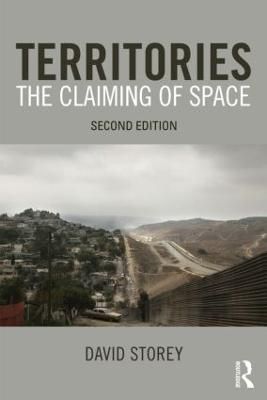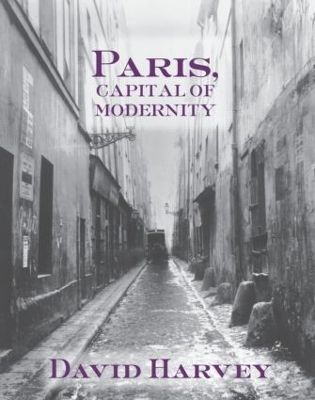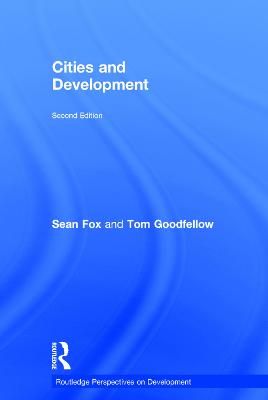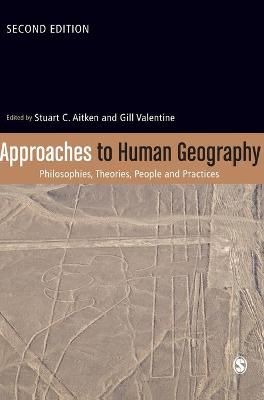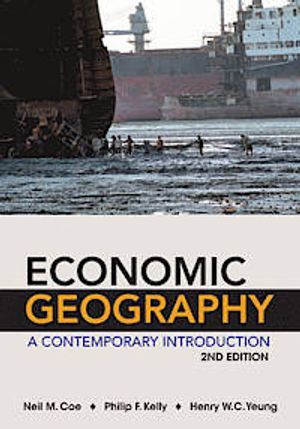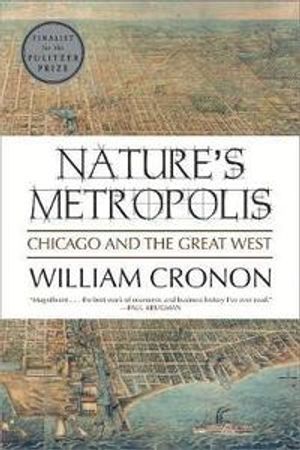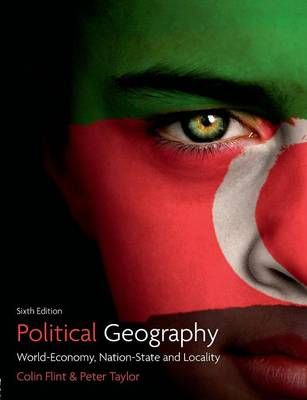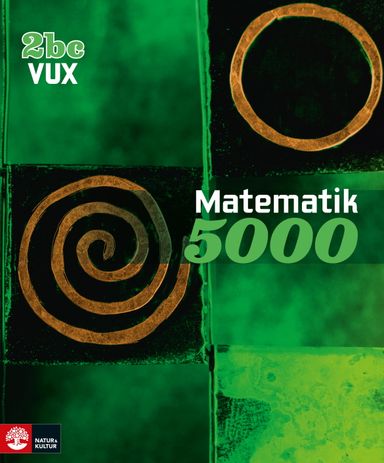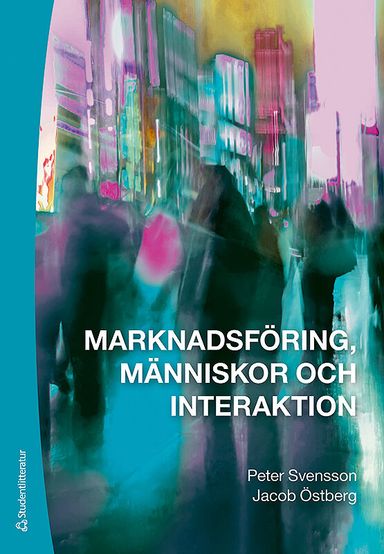

Migration Upplaga 2
- Upplaga: 2a upplagan
- Utgiven: 2016
- ISBN: 9781138924468
- Sidor: 486 st
- Förlag: Routledge
- Format: Inbunden
- Språk: Engelska
Om boken
While the subject of migration has received enormous attention in academic journals and books across the social sciences, introductory texts on the matter are few and far between. Even fewer books have explored migration through a critical and explicit engagement with spatial concepts.
Now in its second edition, Migration remains the only text in more than a decade that emphasizes how geographical or spatial concepts can be used critically to understand migration. The multi-disciplinary text draws on insights from human geography, political science, social anthropology, sociology, and to a lesser extent economics. All of the chapters focus on key terms, theories, concepts, and issues concerning migration and immigration. The book argues that in the context of migration, two opposing 'spatial positions' have emerged in the wake of the critique of 'methodological nationalism'. On one hand is the significance of 'transnationalism', and on the other, the importance of 'sub-national' or local processes. Both require more nuance and integration, while many of the concepts and theories which have thus far neglected space or have not been 'treated' spatially, need to be re-written with space in mind. Pedagogically the text combines a carefully defined structure, accessible language, boxes that explore case studies of migrant-related experiences in particular places, annotated suggestions for further reading, useful websites and relevant films and summary questions for student learning at the end of each chapter.
Migration provides a critical, multi-disciplinary, advanced, and theoretically informed introduction to migration and immigration. Revised and updated with new material, new maps and illustrations and an accompanying website (https://migration2ndedition.wordpress.com/), it continues to be aimed at advanced undergraduates and Masters-level graduate students undertaking courses on migration and immigration.
Åtkomstkoder och digitalt tilläggsmaterial garanteras inte med begagnade böcker
Mer om Migration (2016)
I december 2016 släpptes boken Migration skriven av Michael Samers, Michael Collyer. Det är den 2a upplagan av kursboken. Den är skriven på engelska och består av 486 sidor. Förlaget bakom boken är Routledge.
Köp boken Migration på Studentapan och spara pengar.
Referera till Migration (Upplaga 2)
Harvard
Samers, M. & Collyer, M. (2016). Migration. 2:a uppl. Routledge.
Oxford
Samers, Michael & Collyer, Michael, Migration, 2 uppl. (Routledge, 2016).
APA
Samers, M., & Collyer, M. (2016). Migration (2:a uppl.). Routledge.
Vancouver
Samers M, Collyer M. Migration. 2:a uppl. Routledge; 2016.

